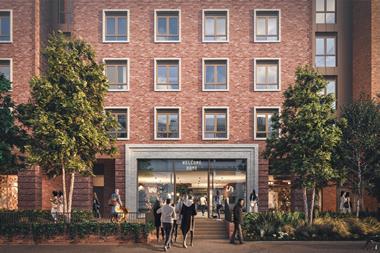It wasn’t so long ago that many in the property world were predicting the demise of the high street. High profile administrations suggested that the high street and, consequently, retail were in permanent decline.
It wasn’t so long ago that many in the property world were predicting the demise of the high street. High profile administrations suggested that the high street and, consequently, retail were in permanent decline. That Barratts and Blockbuster have gone into administration again would appear to add grist to that particular mill.
Blame for demise of the high street was laid firmly at the door of the internet. It appears, however, that internet shopping may not be the threat that many perceived it to be and, ironically, could be the catalyst for a revival in the high street.
Perhaps the real reason behind the decline of the high street is not that it is no longer relevant but, instead, that it failed to adapt to the change in the way consumers shop. That failure is being now being addressed by new and established ecommerce businesses opening stores to serve their click-and-collect services. For example, eBay and Argos have recently announced a scheme allowing shoppers to order selected goods from eBay and pick them up from Argos.
That isn’t to say, however, that the high street as we know it will remain the same – up to 150 million sq ft (20%) of current retail space across the UK is potentially surplus to modern retailing requirements in its current form. So what then are the changes that we can expect arising from etail businesses taking on retail space?
Landlords, investors and lenders will first have to come to grips with the fact that 10 year terms may not be an accurate measure of income security. Further covenant strength may not always be the best measure of future performance, particularly where the most dynamic etail businesses may well be start-ups. Retailers will be looking for smaller stores on more flexible terms so we can expect a greater variety of lease types to reflect the expectations of etailers. In shopping centres you will see rents linked to footfall or index linked rents in addition to, or as opposed to, turnover rents.
There may well have to be an investment of capital by landlords to create the new spaces required to accommodate multichannel retailing but small, inefficient, highly rented premises are not conducive to the theatre expected by retailers and consumers alike. So although retail premises will continue to play an important role in our high streets and shopping centres, what those spaces will look like and the terms upon which those premises will be occupied will be very different from what has gone before.
- This blog has been written by Varun Maharaj, a partner at Weightmans LLP


























No comments yet